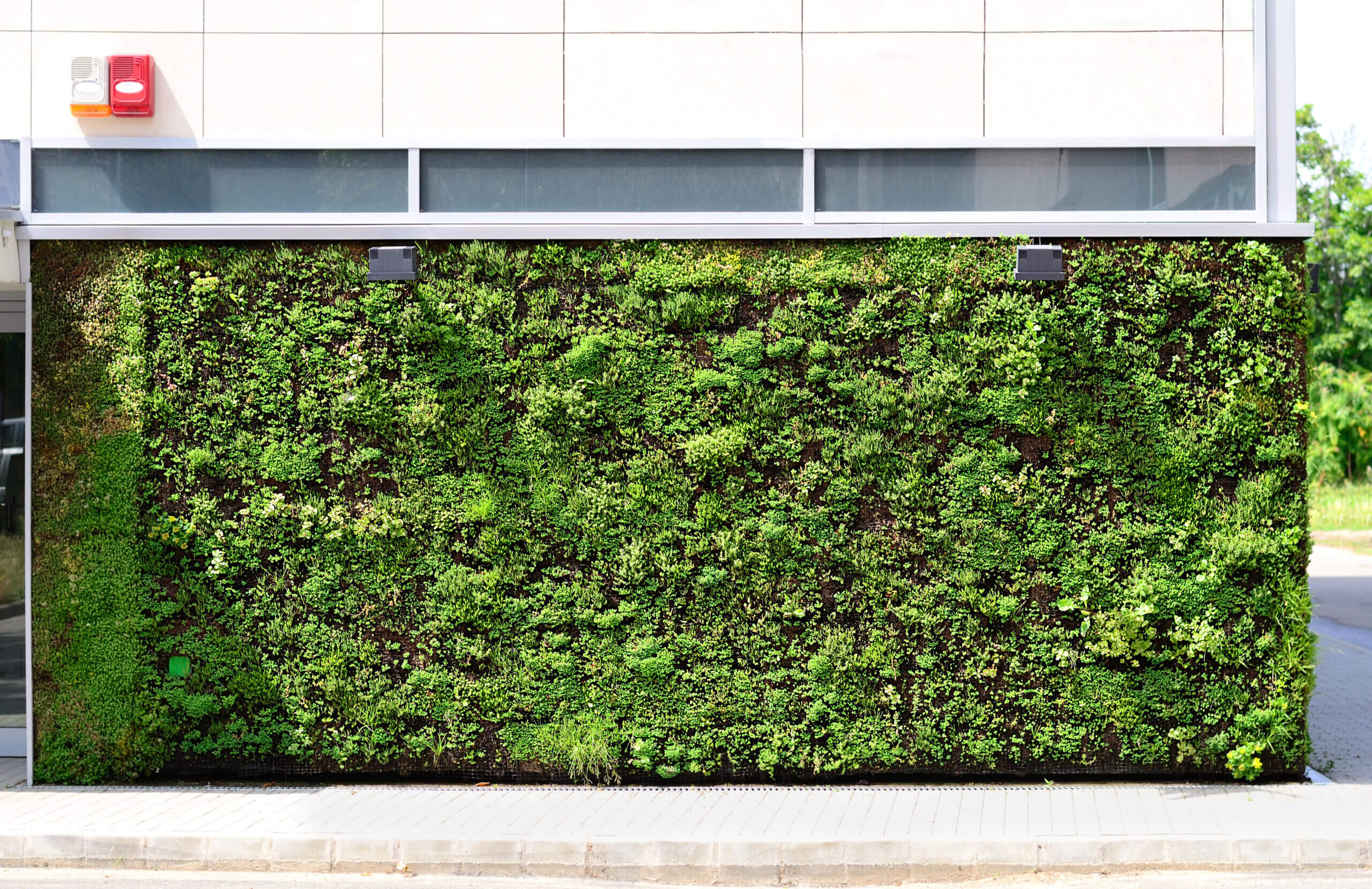
In the contemporary era, where sustainability is paramount, creative solutions like living walls are on the rise. Known also as green walls, these installations not only bring a touch of nature to metropolitan areas but also offer numerous benefits for both our planet and human well-being. This write-up will delve into the captivating world of living wall construction, explore different living wall systems, and discuss why living walls have become the eco-trend of the decade.
Living Wall Construction: Revitalizing the Concrete Jungle
The creation of living walls requires constructing vertical gardens on both exterior and interior walls of buildings. These green installations are designed to mimic the natural growth of plants on vertical surfaces. Constructing a living wall typically follows these essential steps:
Structural Considerations: It's critical to check the structural integrity of the wall. A robust framework is needed to support the weight of the plants, soil, and water.
Plant Selection: Selecting the right plants is vital for the effectiveness of a living wall. Factors like environmental conditions, sunlight exposure, and wall orientation are considered to pick the best plant species.
Irrigation System: Effective irrigation is crucial to guarantee the plants get the right amount of water without wasting water.
Growing Medium: A specific growing medium, nutrient-rich and light, is used for proper plant growth.
Maintenance: Regular upkeep is essential to sustain a healthy living wall. Routine care, including pruning and fertilizing, and pest control are all necessary for the routine.
Exploring Different Living Wall Systems
Over the years, living wall systems have developed, presenting a variety of options for various applications. Some of the most common living wall systems:
Hydroponic Systems: These rely check here on a soilless environment and deliver nutrients and water through a sophisticated irrigation system. They are distinguished by their high efficiency and low water usage.
Modular Systems: Comprising of pre-planted panels, these systems are simple to set up and suitable for both indoor and outdoor spaces.
Pocket Systems: With plant pockets that can be loaded with view vegetation, these systems facilitate creative designs and are often used in limited spaces.
Felt or Fabric Systems: Using felt here or fabric to hold plants and growing medium, these are easy to manage and suitable for indoor use.
Biophilic Systems: These integrate living walls into architectural elements, improving human well-being by creating a connection with nature.
Why Living Walls are Increasing in Popularity
Living walls have gained widespread attention for many reasons:
Aesthetic Appeal: Transforming environments into vibrant, green havens.
Improved Air Quality: To act as natural air purifiers.
Temperature Regulation: They provide insulation and reduce energy consumption.
Noise Reduction: The foliage absorbs sound effectively.
Biophilic Benefits: Bringing nature closer, enhancing mental and emotional health.
Sustainability: To contribute to reducing the urban heat island effect and supporting biodiversity.
In conclusion, living wall construction and systems have transformed our interaction with the built environment. As green trends advance, living walls offer a sustainable and visually stunning solution that benefits both the environment and our well-being. Whether you're considering transforming an office space or creating a statement in a public area, living walls are the green solution for a vibrant and sustainable future.